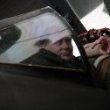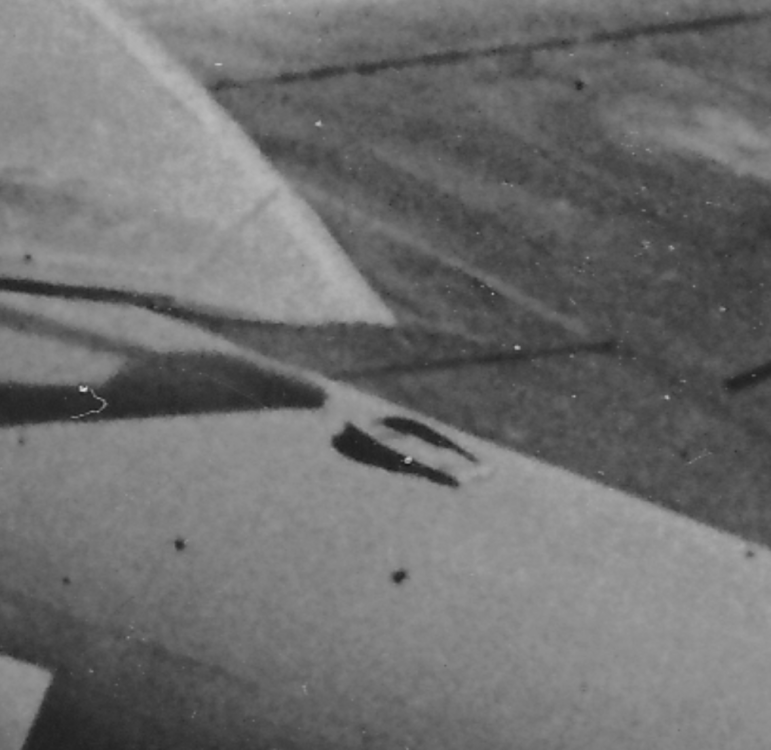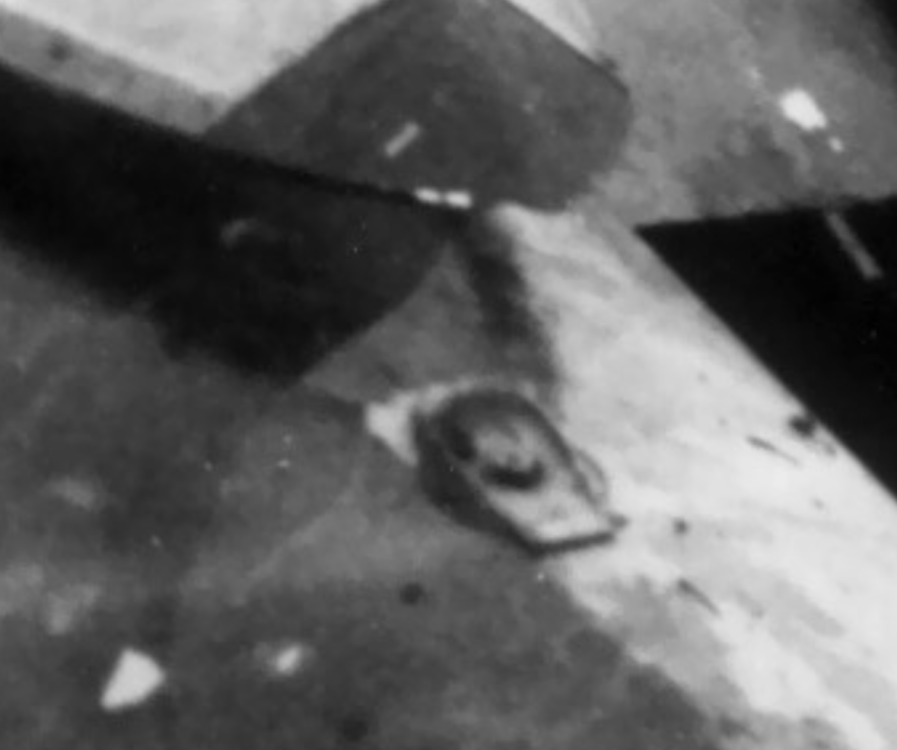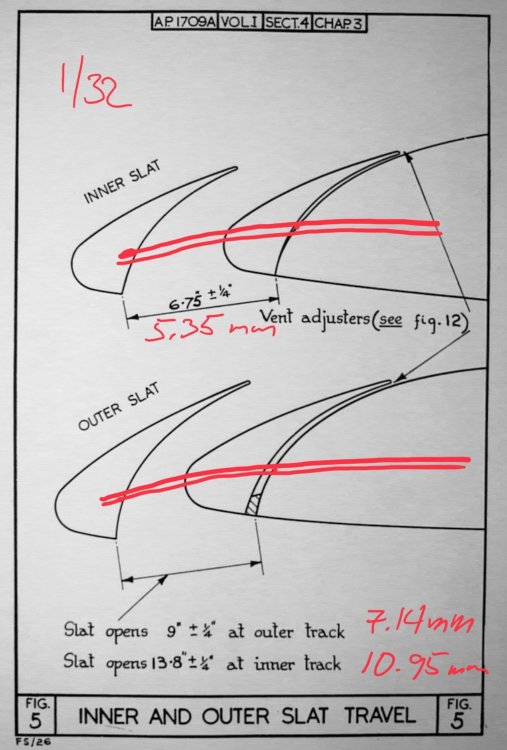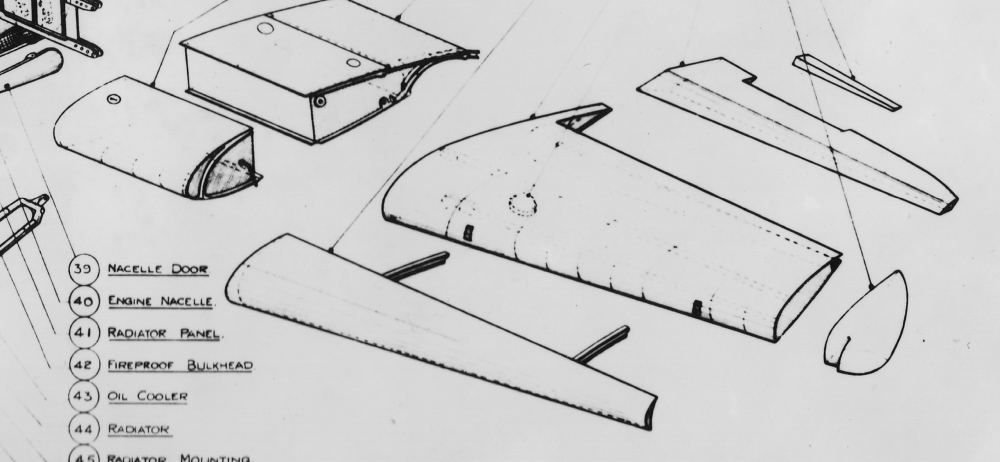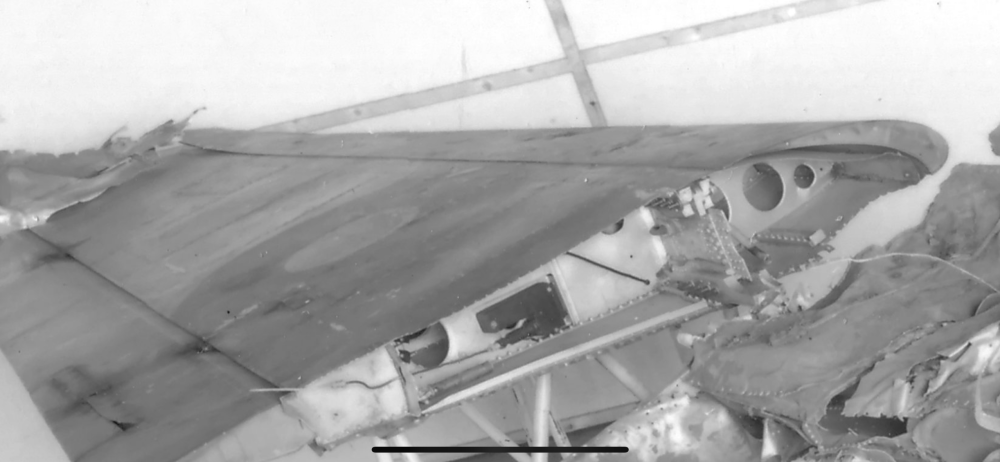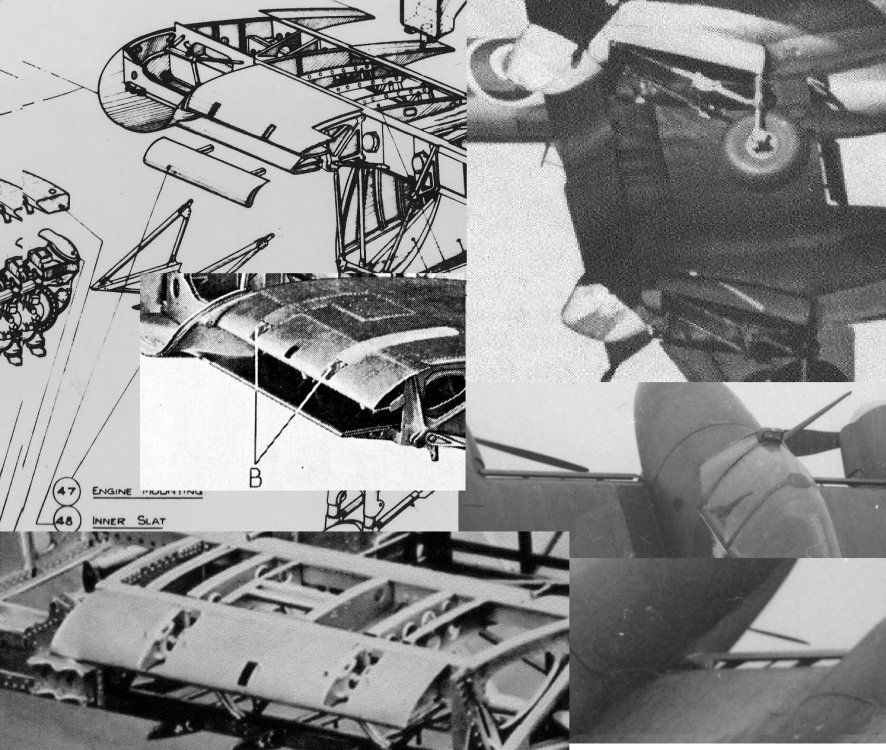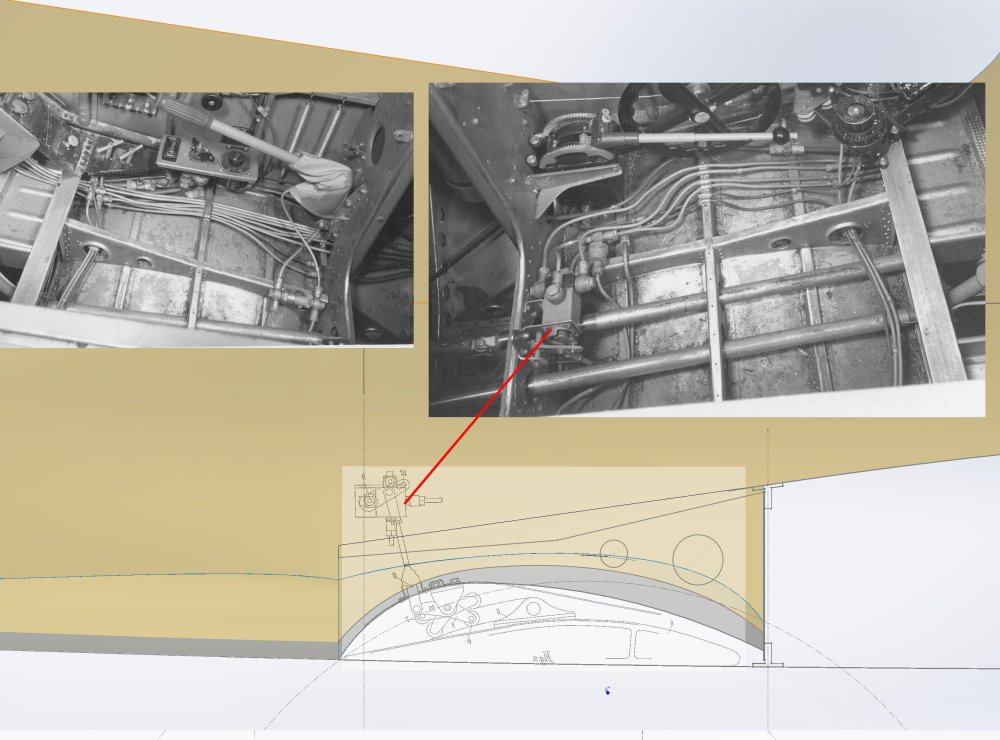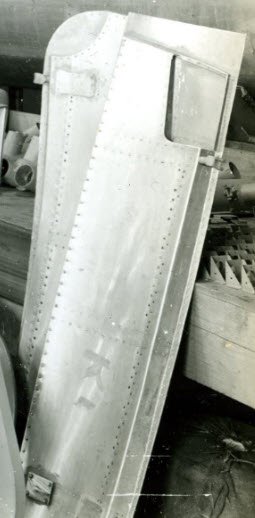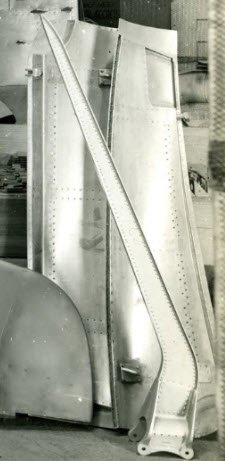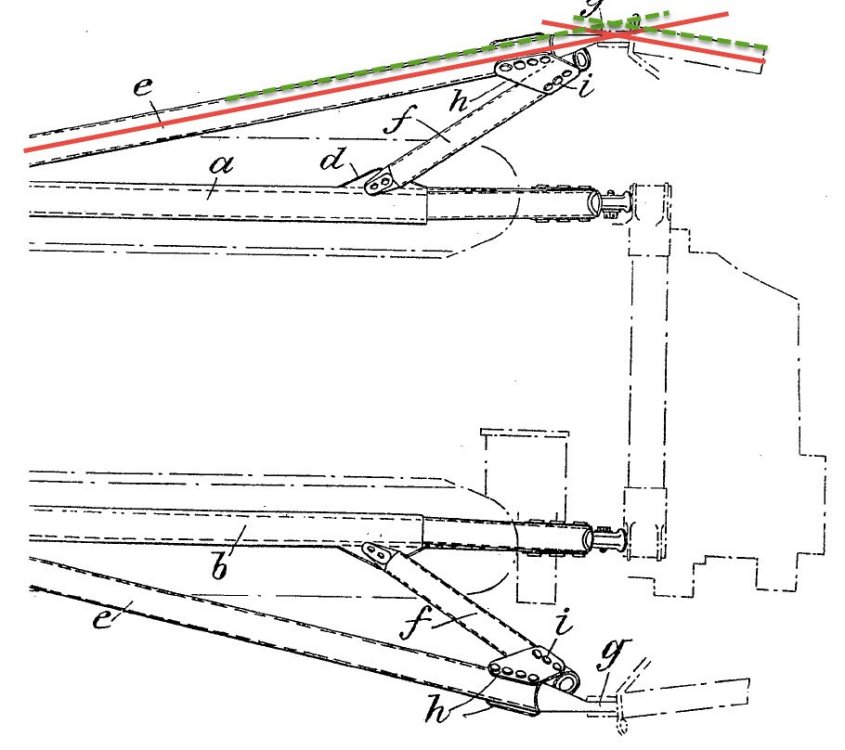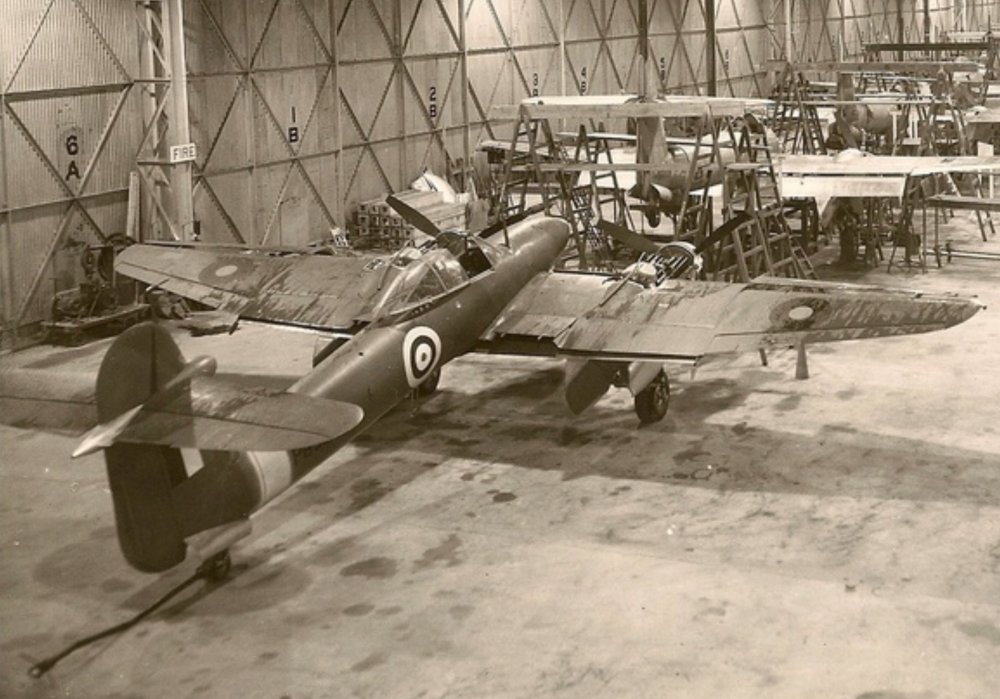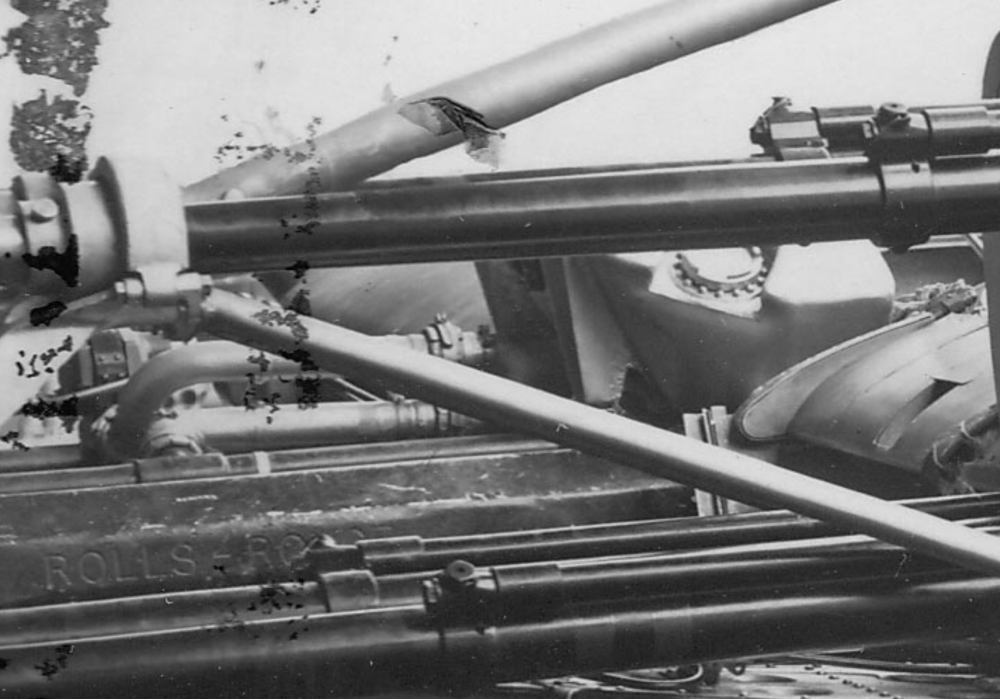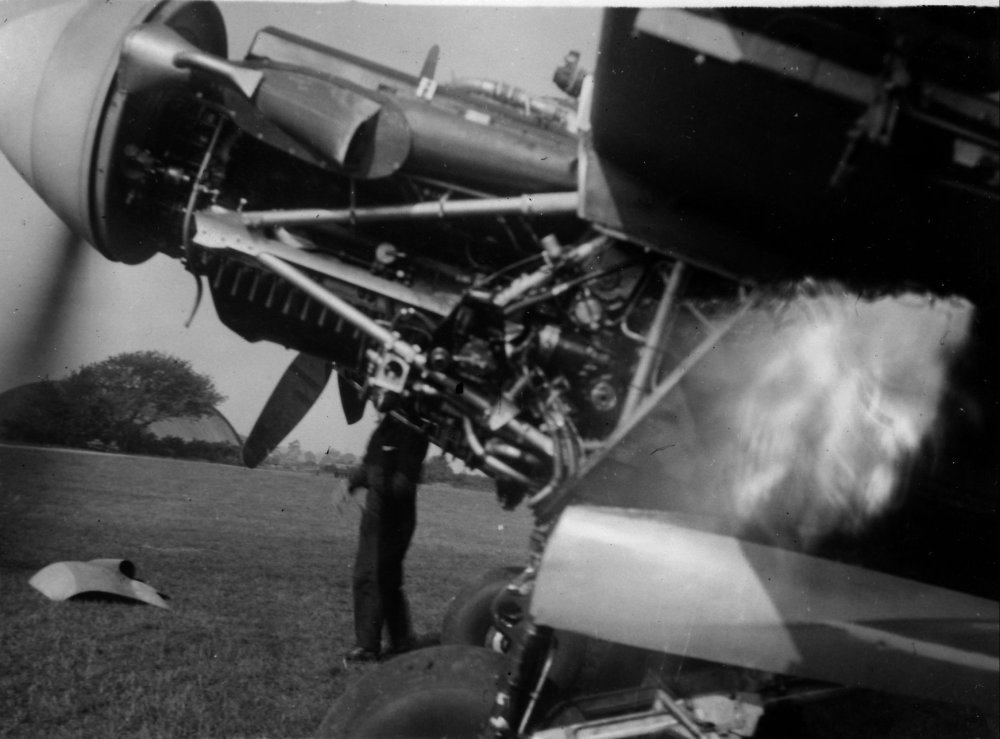-
Posts
42 -
Joined
-
Last visited
Reputation
175 ExcellentRecent Profile Visitors
-
mustangboy started following GunnarO
-

1/32 Westland Whirlwind
GunnarO replied to JeroenPeters's topic in LSM 1/35 and Larger Work In Progress
There’s a reason why the canons stick against the instrument panel. Look at the bottom cover with the two round covers on it. Removable for access to the cannon breech blocks. -

1/32 Westland Whirlwind
GunnarO replied to JeroenPeters's topic in LSM 1/35 and Larger Work In Progress
Unfortunately, we don’t have any good photos or drawings of the antenna wire inlet. But it looks different on later planes without the wire. -

1/32 Westland Whirlwind
GunnarO replied to JeroenPeters's topic in LSM 1/35 and Larger Work In Progress
It was most likely painted in camouflage, same as the wing. Interior green was used in the cockpit area, most other (interior) parts were painted silver. Since the slats were extended and the underlying surface was exposed, camouflage is the most logical choice. The rear flap was also painted with camouflage on top. -

1/32 Westland Whirlwind
GunnarO replied to JeroenPeters's topic in LSM 1/35 and Larger Work In Progress
-

1/32 Westland Whirlwind
GunnarO replied to JeroenPeters's topic in LSM 1/35 and Larger Work In Progress
-

1/32 Westland Whirlwind
GunnarO replied to JeroenPeters's topic in LSM 1/35 and Larger Work In Progress
-

1/32 Westland Whirlwind
GunnarO replied to JeroenPeters's topic in LSM 1/35 and Larger Work In Progress
Actually, it’s a misconception that it suffered due to the engines. The Peregrine was a great engine of its time, the last in the line of the Kestrel. It was a “Merlinized” Kestrel. The Whirlwind didn’t live up to its expectations for two reasons. It used a DeHavilland propeller with a rather thick profile that suffered from incompressibility issues that caused the loss of performance at altitude. The other reason was that all the performance tests were done in the second prototype that had Rotol propeller with better performance. The expectations were set higher than the production machines could deliver. (Or they used the wrong propeller on the production machines without knowing) More details here if anyone wants to know: https://www.whirlwindfp.org/blog/when-the-wind-won-t-whirl-or-the-real-reason-the-whirlwind-suffered-at-height -

1/32 Westland Whirlwind
GunnarO replied to JeroenPeters's topic in LSM 1/35 and Larger Work In Progress
I’m afraid so… 😉 -

1/32 Westland Whirlwind
GunnarO replied to JeroenPeters's topic in LSM 1/35 and Larger Work In Progress
-

1/32 Westland Whirlwind
GunnarO replied to JeroenPeters's topic in LSM 1/35 and Larger Work In Progress
1ManArmy is releasing a paint mask for the Whirlwind this fall. https://www.hannants.co.uk/product/32DET045 Found some more interesting mages. The fuselage recess for the flap, 2x undercarriage doors and another view of the engine bearers. -
GunnarO changed their profile photo
-

1/32 Westland Whirlwind
GunnarO replied to JeroenPeters's topic in LSM 1/35 and Larger Work In Progress
Interior green (and black) was used in the cockpit, other areas was painted silver. We can confirm this was the case in the wings and rear part of the nacelle. Engine bearers are painted silver. No other parts have been found, so can’t confirm just yet. -

1/32 Westland Whirlwind
GunnarO replied to JeroenPeters's topic in LSM 1/35 and Larger Work In Progress
No, the instructions are wrong. All interior in the radiator/oil cooler area is painted silver. Most likely the interior of the nacelle too. The silver paint is still present on the wreckage parts. -

1/32 Westland Whirlwind
GunnarO replied to JeroenPeters's topic in LSM 1/35 and Larger Work In Progress
-

1/32 Westland Whirlwind
GunnarO replied to JeroenPeters's topic in LSM 1/35 and Larger Work In Progress
Here you can see the coolant tank. The oil tank is located behind the wing spar and not visible with panel 1 removed. (Except from inside the undercarriage well) -

1/32 Westland Whirlwind
GunnarO replied to JeroenPeters's topic in LSM 1/35 and Larger Work In Progress



